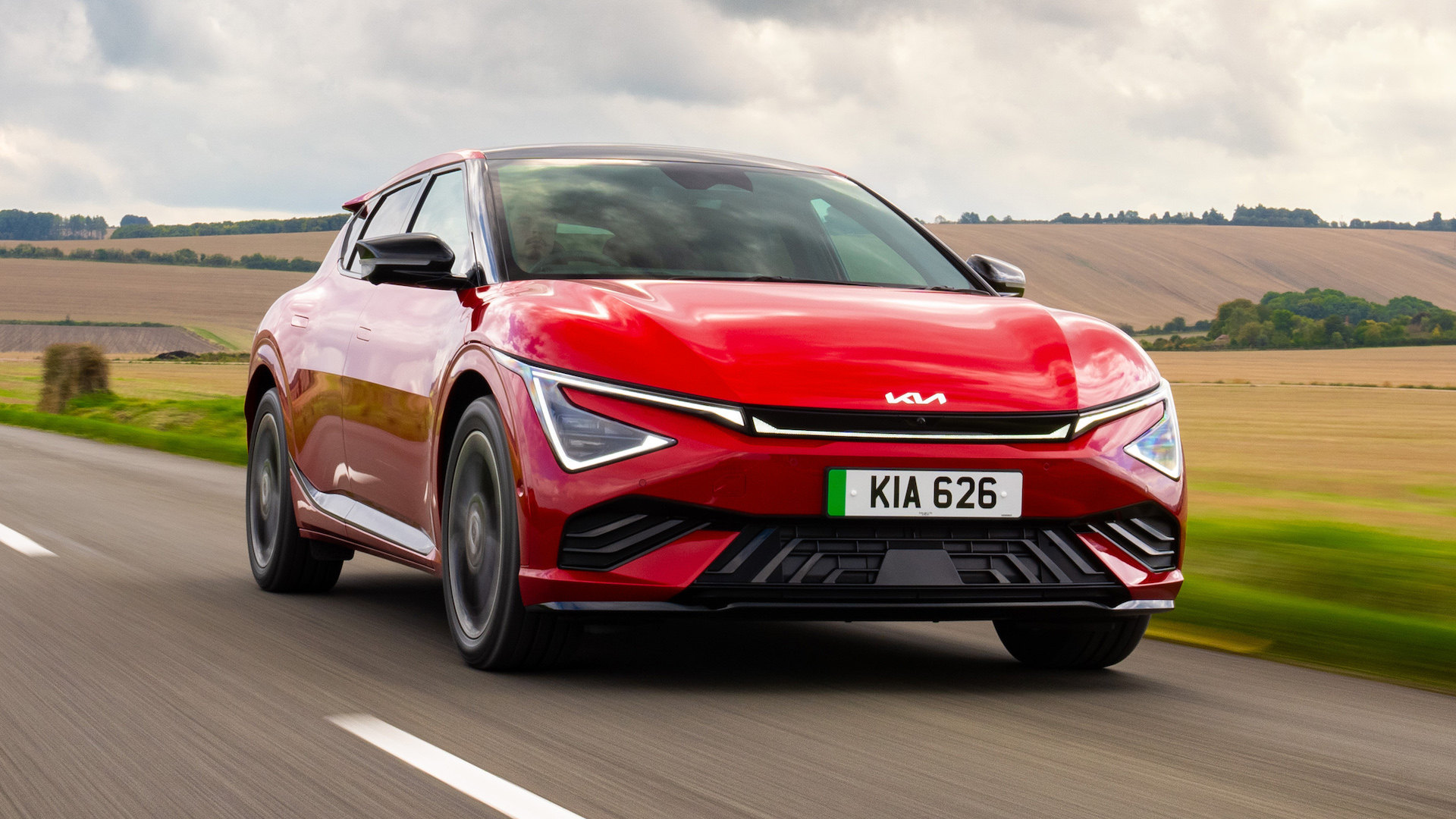Electric vehicles are often praised for their futuristic features, fast acceleration, and cleaner technology. But behind the sleek exteriors and silent motors lies an increasingly important part of the car’s life cycle software. Unlike internal combustion vehicles, many EVs rely heavily on complex software systems that manage everything from the battery to the user interface.
This has opened up new possibilities for features and improvements, but it also means some EVs now function more like smartphones on wheels. Software stability has become a major factor for drivers who don’t want to deal with frequent bugs, required updates, or system restarts.
Some electric cars come out of the factory with incredibly stable software. These are the kinds of vehicles that simply work. Owners rarely encounter bugs, don’t get constant notifications about needing to update their system, and can go years without dealing with even a minor software annoyance.
These vehicles are often built with simpler interfaces, fewer cloud-based services, or rock-solid engineering practices. Whether it’s a focus on minimizing digital complexity or a commitment to long-term platform stability, these vehicles offer peace of mind to drivers who don’t want their car to feel like a beta test.
Then there are the others. Some EVs have earned a reputation for requiring regular software fixes, from monthly over-the-air patches to rushed bug fixes that break other parts of the car. For many drivers, the excitement of owning an EV is tempered by an endless parade of updates, notifications, or quirky system behaviors.
From infotainment freezes to failed charging recognition and battery miscalculations, these vehicles seem to spend as much time updating as they do driving. And because software issues can directly impact the safety and performance of an EV, these problems are more than just minor annoyances.
In this article, we’ll take a look at both sides of the coin. Five electric vehicles that rarely or never need software updates, and five that are known for constant digital maintenance. This list is based on observable behavior patterns, typical user experiences, and the design philosophies behind these EVs.
It’s not just about brand reputation; it’s about how the software interacts with the vehicle and what that means for real-world ownership. For some people, fewer updates mean less hassle. For others, frequent updates might be a sign of constant improvements but that’s not always the case.
5 EVs That Rarely or Never Need Software Updates
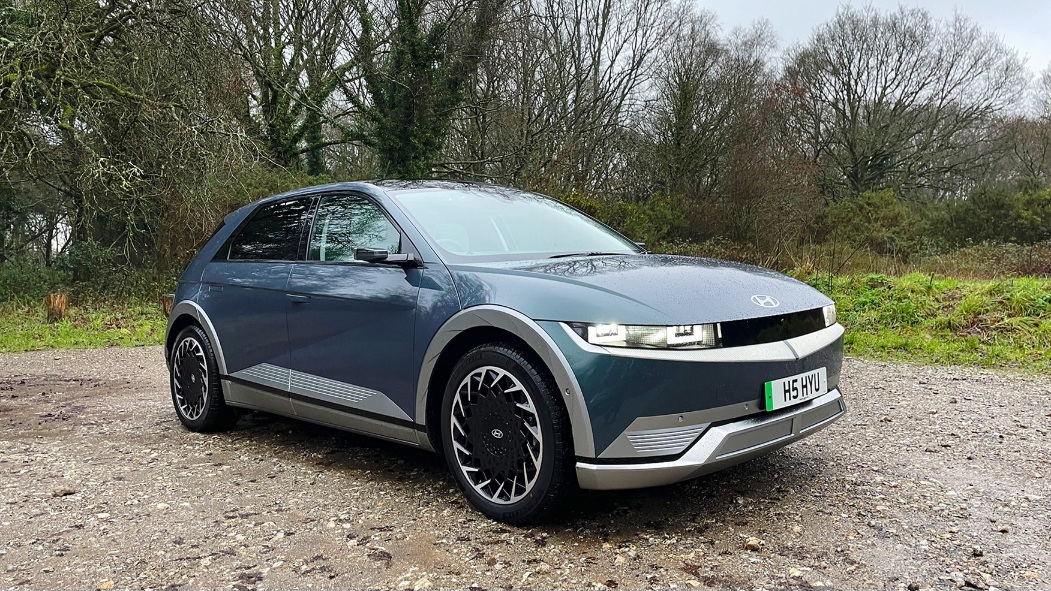
1. Hyundai Ioniq 5
The Hyundai Ioniq 5 is one of the few EVs that seems to avoid the common pitfalls of software-related headaches. One of the reasons it remains so stable is that Hyundai built the user interface and car systems to prioritize reliability over constant innovation.
While the system has some connected features, it doesn’t rely heavily on always-on services that can break unexpectedly. Instead, Hyundai’s engineers chose a more controlled platform, which limits how often the system needs to be changed or patched.
Owners often report that the infotainment system simply works. It may not be the flashiest or the most feature-packed, but it’s responsive, well-organized, and doesn’t exhibit strange behavior. Navigation loads quickly, the menus are logical, and there are very few reported instances of touchscreen freezes or system restarts.
The climate controls and vehicle settings are also placed in physical buttons where possible, which further reduces reliance on software for essential functions. The result is a system that gets out of the way and lets drivers focus on driving.
Another reason for the Ioniq 5’s low update frequency is the limited dependency on aggressive over-the-air updates. While Hyundai does provide occasional updates, they are usually minor and don’t come with huge changes or risks.
Many of the car’s features are built to work offline, and the vehicle doesn’t automatically push updates unless the user consents. This cautious approach to software design helps the Ioniq 5 maintain a level of predictability and calm.
Long-term owners often report no need for a software update for well over a year. In an environment where some EVs notify you of new patches every few weeks, that consistency stands out. While the Ioniq 5 may not be on the bleeding edge of digital features, it delivers where it counts: stability, comfort, and a sense of completeness right out of the box.

2. BMW i4
BMW took a measured approach when it entered the modern EV space with the i4. The software system inside this car feels much like the rest of BMW’s lineup: refined, stable, and relatively understated.
The iDrive interface has gone through several generations of updates across the brand, so by the time it made its way into the i4, it was already quite mature. Instead of reinventing everything for the sake of novelty, BMW brought proven digital architecture into its EV lineup.
The i4’s infotainment experience is intuitive and precise. Menus are clean, voice recognition works well for the basics, and navigation is responsive without unnecessary complexity.
While some might argue that BMW’s system is a bit conservative compared to more experimental EV platforms, that conservative stance is exactly what keeps it from requiring frequent updates. There’s less room for bugs, fewer moving parts, and a reliable operating environment that rarely crashes or slows down.
Software updates do exist for the i4, but they are infrequent and generally focused on specific improvements or enhancements rather than bug fixes.
BMW has not adopted the trend of sending monthly updates for minor tweaks, which allows drivers to enjoy a more consistent experience without constant interruptions or surprises. Because BMW controls most of the hardware and software stack, they have more control over integration, leading to fewer issues.
Drivers who want a seamless transition from gas-powered luxury to electric find the i4 to be remarkably predictable. It does what you expect it to do, and it does it with precision. The car’s systems don’t try to constantly evolve; they’re built to perform correctly from the start, and that’s why software updates are a rare event.

3. Porsche Taycan
Porsche’s entry into the electric vehicle market came with high expectations, and the Taycan delivers not only in performance but also in software quality.
The in-car software was designed with reliability and predictability as top priorities. Rather than packing in a flood of features from the start, Porsche focused on a clean, functional interface that blends physical controls with digital ones in a way that minimizes the chance of user error or digital failure.
One design decision was to maintain physical buttons for many core functions. This reduces the load on the central screen and limits the number of interactions that rely entirely on software.
When everything doesn’t have to go through one touchscreen, you automatically reduce the risk of that screen becoming a bottleneck or a point of failure. Porsche’s system works without fanfare, and that’s a good thing for drivers who prefer clarity over novelty.
Another reason for the Taycan’s stable software is that it does not attempt to reinvent car ownership through constant digital reinvention. Porsche isn’t trying to act like a tech company. Instead, they built the system to be more like traditional automotive software: solid, consistent, and refined over time.
While the Taycan does receive occasional updates, they are well-tested and spaced out. Most owners report that these updates are few and far between.
Porsche’s commitment to performance extends to the digital side of the vehicle as well. They treat software as a tool for enhancing the drive rather than a playground for experimentation. That means fewer crashes, minimal bugs, and virtually no reports of major interface issues. The result is a high-performance EV that behaves more like a precision instrument than a gadget.
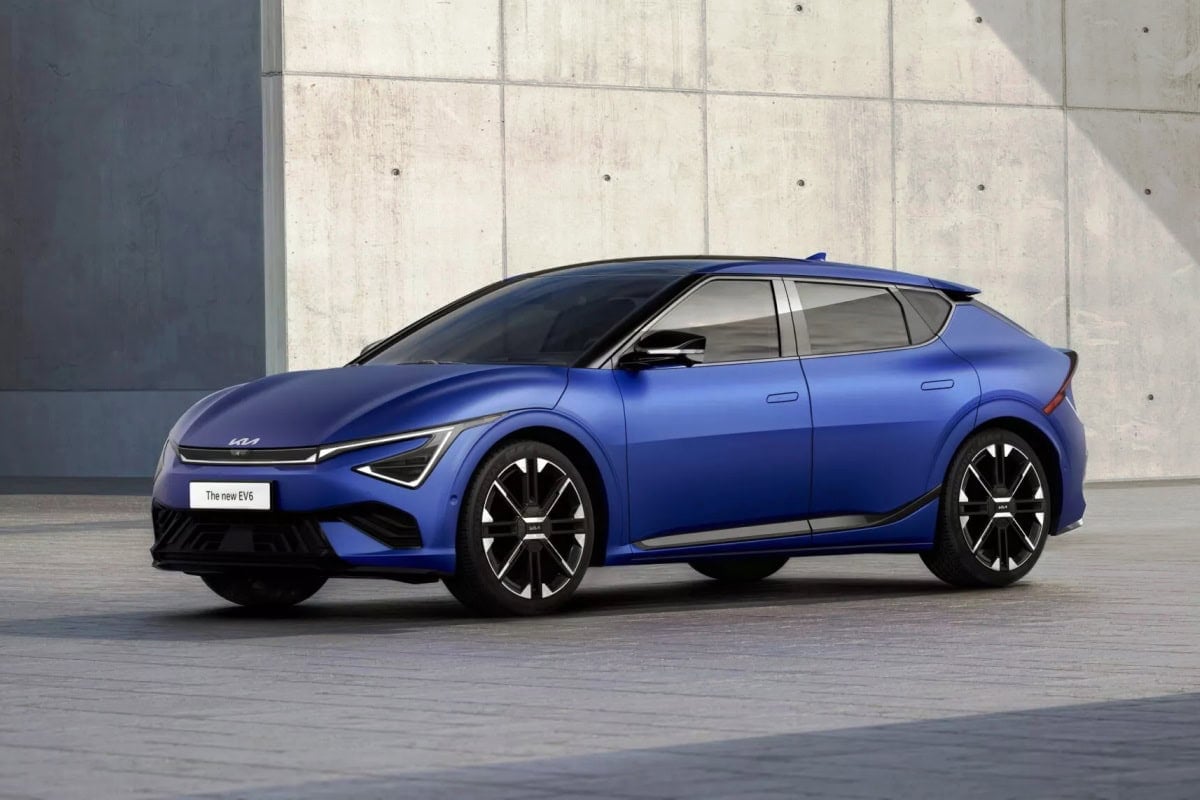
4. Kia EV6
The Kia EV6 shares much of its platform with the Hyundai Ioniq 5, and it benefits from the same design philosophy when it comes to software stability. Like its sibling, the EV6 avoids overcomplicating things. The infotainment system is practical, the menus are easy to navigate, and the system responds without delays or unpredictable behavior. In day-to-day driving, most owners rarely think about the software and that’s exactly how it should be.
Kia doesn’t push constant over-the-air updates. Instead, updates are delivered in more structured intervals, often when the vehicle goes in for service or through manual download. This slower update cycle keeps things more stable. Drivers aren’t subject to waking up to surprise changes or features that worked fine yesterday but broke today due to an automatic patch.
The EV6 also benefits from a clear separation between mission-critical systems and user-facing features. This separation helps ensure that glitches in the infotainment system don’t impact performance, range, or safety features. The software does its job and stays out of the way. That reduces the need for constant bug fixes, because fewer things go wrong to begin with.
This car might not win awards for having the most innovative dashboard layout or futuristic tech. But it nails the basics. It delivers what you expect, when you expect it, and doesn’t throw curveballs in the form of buggy updates or unfinished features. That kind of consistency is hard to find in modern EVs, and it makes the EV6 a solid choice for people who value peace of mind.

5. Chevrolet Bolt EV (Post-2022 Models)
The Chevrolet Bolt EV went through a rocky phase early in its lifecycle, especially regarding battery issues. But after a major recall and redesign, the post-2022 models have become surprisingly stable when it comes to software.
Chevrolet made major improvements to both hardware integration and the simplicity of the user interface. As a result, the newer Bolt EVs are some of the most worry-free electric cars available in terms of digital performance.
One key reason for this is that the Bolt EV’s operating system is simple. It doesn’t try to compete with luxury brands or tech-focused competitors when it comes to flashy digital features.
Instead, it prioritizes reliable performance and essential functions. With fewer screens, less reliance on online services, and a focus on stability, the Bolt’s software rarely requires updates or troubleshooting.
Updates are available, but they’re infrequent. Most drivers go months or even years without seeing a need for a software change. This can be attributed to Chevrolet’s commitment to refining what already works rather than experimenting constantly.
Many of the systems used in the Bolt have been refined over time and tested thoroughly in similar GM products, reducing the chance of bugs.
Another advantage is that Chevrolet still offers many essential controls through physical buttons. Volume, climate, and common driving features are accessible without relying entirely on touchscreens or voice commands.
That makes the car more intuitive to operate and less dependent on a flawless software experience. For drivers who want an EV without a learning curve, the Bolt offers just that.
5 EVs That Glitch Monthly or Often Require Software Fixes
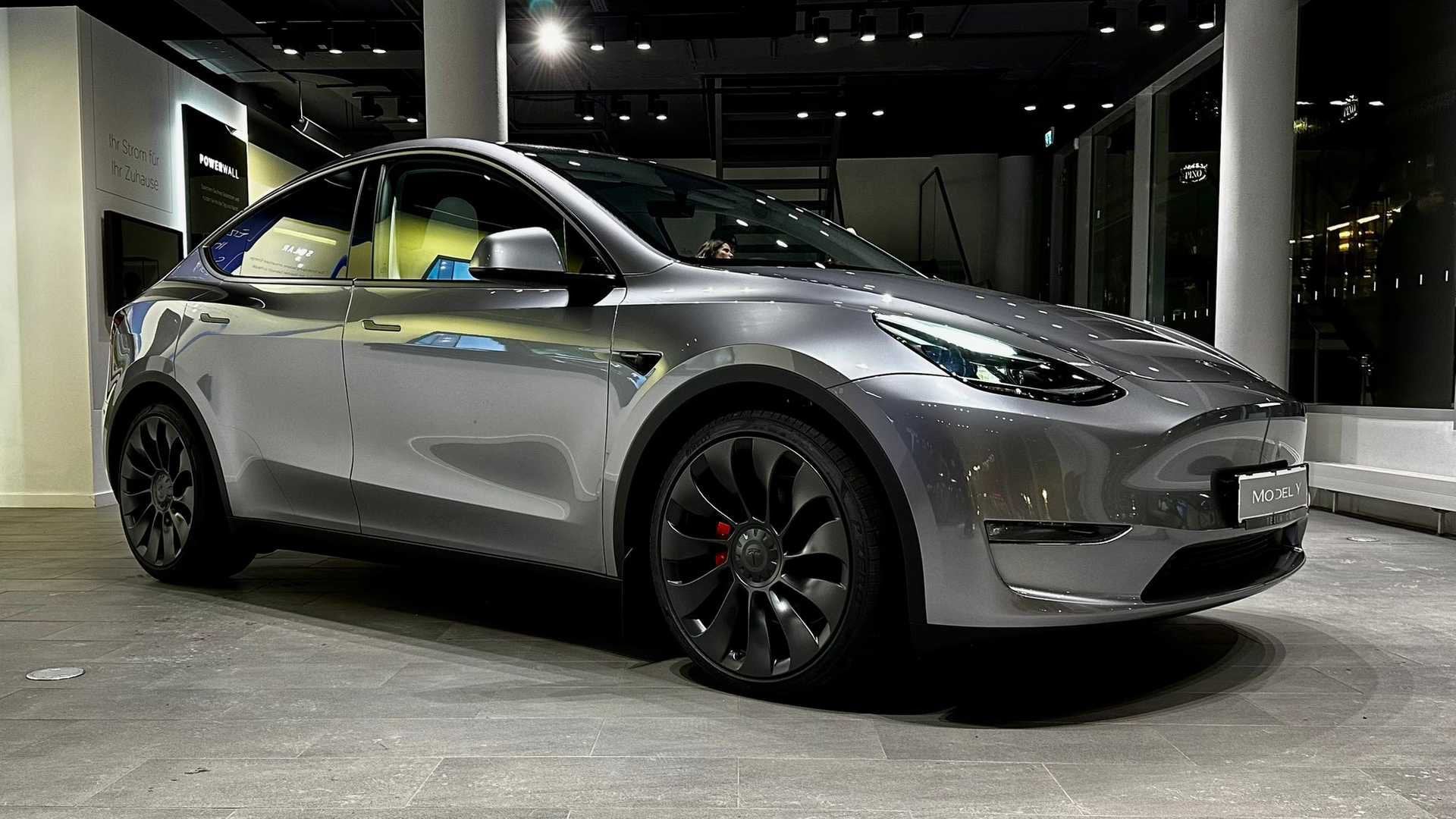
1. Tesla Model Y
The Tesla Model Y is one of the most popular electric vehicles on the market, but it has also become infamous for its software instability.
While the car benefits from an unmatched set of features, including advanced driver assistance and constant improvements via over-the-air updates, this constant evolution is also its biggest problem. Tesla treats its cars like software platforms, which means they are frequently modified sometimes for better, sometimes not.
One of the most common complaints among Model Y owners is the frequency of updates. These updates may include new features, bug fixes, or performance improvements, but they also often introduce new glitches.
For example, users have reported the automatic windshield wipers failing after an update, voice commands becoming unresponsive, or the UI randomly rebooting while driving. These issues vary in severity, but their constant presence means the car can feel unstable week to week.
Tesla’s approach to software development is more like that of a tech startup than a traditional automaker. They roll out new features quickly, sometimes without full testing.
While this can make the vehicle feel like it’s improving rapidly, it also makes it prone to bugs that would never have made it through quality assurance in legacy car companies. The result is a vehicle that’s packed with capability but frequently unpredictable.
The glitchiness isn’t limited to entertainment features. Some updates have impacted core vehicle behavior, like throttle response, regenerative braking strength, and even Autopilot performance.
While Tesla often resolves these issues in follow-up patches, it creates a sense of instability. For drivers who expect their car to just work, the Model Y’s software lifecycle can be exhausting. It’s a cutting-edge product, but that edge comes with a cost.
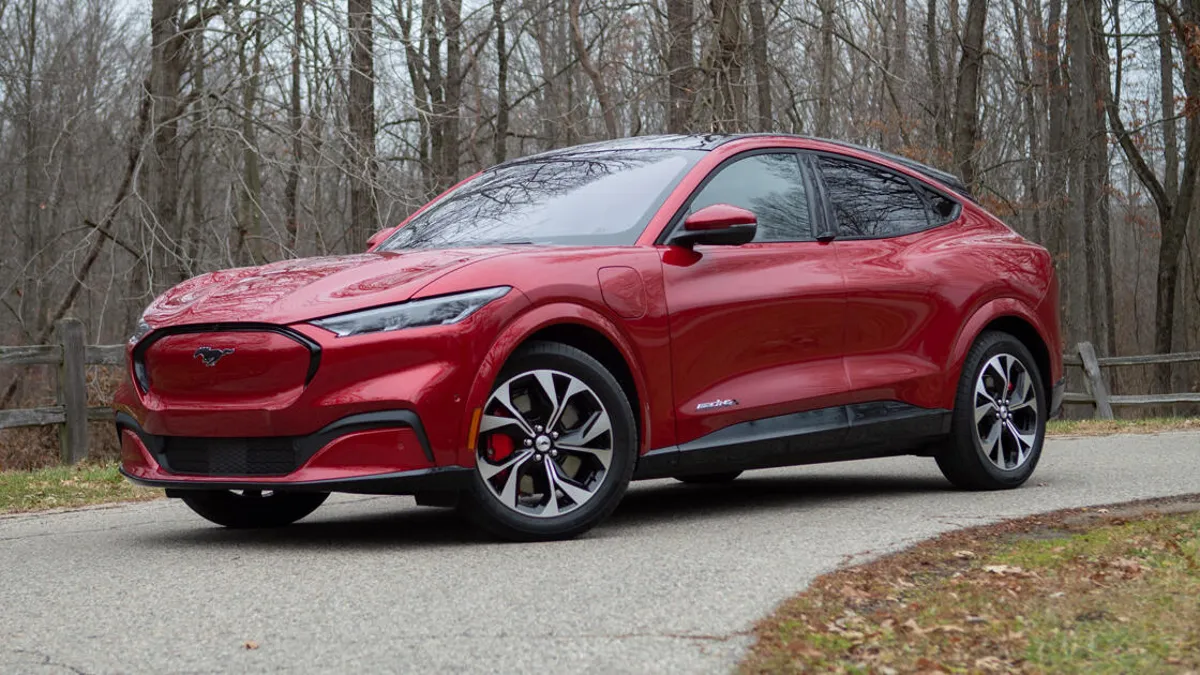
2. Ford Mustang Mach-E
Ford entered the electric market with big ambitions through the Mustang Mach-E, but the transition hasn’t been smooth on the software side.
Owners have consistently reported issues with the Sync 4A system that powers the vehicle’s infotainment and settings. From slow boot times to complete screen blackouts, the system has a reputation for being unreliable. Updates are issued regularly, but they often fix one problem while introducing another.
One of the recurring problems is with the touchscreen itself. Some drivers report the screen going completely blank while driving, forcing a reboot. Others have found that their climate control or audio settings randomly reset after updates.
Even more concerning are the glitches involving the charging system, such as the car failing to recognize when it is plugged in or displaying incorrect battery percentages. These issues can be both frustrating and concerning for daily use.
Ford has been responsive in trying to fix these problems, pushing over-the-air updates and allowing remote diagnostics. However, the sheer number of patches being released highlights a deeper problem: the software wasn’t ready for prime time when the car launched.
As a result, owners often find themselves acting as unofficial testers, reporting bugs that make their way back into the development cycle. That might help future users, but it doesn’t make ownership pleasant right now.
The root of the issue seems to be a mismatch between Ford’s legacy automotive experience and the new demands of software-based vehicle architecture.
Building electric cars requires more than just installing a battery; it means rethinking the entire vehicle control system, something that Ford is still adapting to. Until the company fully re-engineers its approach to software, the Mach-E will likely continue to be plagued by recurring digital hiccups.

3. Volkswagen ID.4
Volkswagen’s entry into the EV market with the ID.4 came with high expectations, but software issues have been a constant challenge. The vehicle’s software suite, known internally as the MEB platform software, has been criticized since day one for being unstable and underdeveloped.
From slow system response to random reboots, the ID.4’s digital interface often feels unfinished. For many owners, this has meant dealing with monthly glitches and workarounds just to keep the system usable.
A common complaint is the infotainment screen freezing or crashing entirely. When this happens, navigation, music, and even backup camera functions may stop working until the system is manually restarted.
These issues have occurred across different software versions, leading many users to lose confidence in the system altogether. Even routine tasks, like adjusting the climate or connecting a phone, can become frustrating due to lag or unresponsive menus.
Volkswagen has attempted to fix these problems through a series of updates, but the process has been slow and inconsistent. Some updates require a trip to the dealer, while others can be done over the air.
The inconsistency adds another layer of inconvenience, especially for those who don’t live near a VW service center. Worse, the updates sometimes introduce new problems, such as charging bugs or Bluetooth disconnections that weren’t present before.
The ID.4’s issues stem in part from Volkswagen’s rush to enter the EV space. The company had ambitious goals but didn’t have the in-house software expertise to meet them. This has led to frequent changes, ongoing debugging, and a car that feels like a work in progress.
While the hardware is solid and the car drives well, the software instability continues to be a significant drawback. Until Volkswagen rebuilds its development approach, the ID.4 will remain one of the glitchier options on the market.

4. Rivian R1T
Rivian’s R1T pickup truck has received a lot of praise for its design, performance, and adventurous spirit, but software stability is not yet one of its strong points. As a startup, Rivian is trying to build everything in-house from the operating system to the user interface and that ambition shows both promise and growing pains.
While the R1T includes a wealth of features, including real-time data displays and integrated camping modes, these features are often accompanied by software bugs.
Owners have frequently reported screen freezes, slow response times, and inconsistent connectivity. For example, the navigation system may lose signal for no reason, or the vehicle may fail to connect to the Rivian mobile app.
In some cases, the car’s main screen needs to be rebooted manually after freezing, which is not ideal during a trip. Other users have noted bugs in the keyless entry system or a sudden drop in driver assist features following a routine update.
Rivian releases software updates regularly sometimes even biweekly. While this shows that the company is actively developing its product, it also reflects how many issues need correction.
Every update includes a long list of patch notes, but not all of the problems are resolved fully. In some cases, new glitches are introduced, requiring yet another fix in the next cycle. This pattern can wear down owners who expect their $70,000+ truck to function more like a finished product.
The challenge for Rivian is balancing innovation with consistency. While they’ve created a visually impressive and highly functional interface, they are still learning how to build a truly reliable digital experience.
Their engineering team is talented, but the software stack is still evolving rapidly. As a result, the R1T often behaves like a device still in beta one with great potential, but not yet trustworthy for those who expect long-term reliability.

5. Lucid Air
The Lucid Air has earned headlines for its luxury design, impressive range, and cutting-edge technology. However, much like other startup EVs, its software performance hasn’t lived up to the hardware.
From launch, the Lucid interface has been filled with bugs ranging from minor annoyances to significant problems that affect the driving experience. The car is capable of amazing things, but the software doesn’t always cooperate.
Lucid’s approach has been to build a proprietary operating system from scratch, allowing for a clean design and deep integration with the hardware. Unfortunately, this also means a longer development curve and a higher likelihood of bugs slipping through.
Drivers have reported issues with delayed system start-up, touchscreen lag, and menu items that simply don’t respond. Some have experienced misreporting of charging status or range, which can create serious confusion on longer drives.
The Lucid Air does receive frequent updates, often with the intent of correcting these bugs. But the frequency of these patches suggests ongoing instability.
Many of the issues are fixable, but they continue to crop up in various forms suggesting that Lucid hasn’t yet established a stable software baseline. This creates a feeling of uncertainty for drivers, particularly those who expect a luxury car to function consistently.
Despite the high price tag, the Lucid Air still feels like a developing platform. The potential is clearly there, but owners are often forced into the role of patient testers rather than confident drivers.
Until the company irons out its software framework and adopts more mature testing practices, the Air will remain a car defined as much by its digital struggles as by its physical strengths.
Also Read: 10 Cars That Are Still on the Road From the Early 2000s
Electric vehicles are no longer just about batteries and range they are now defined as much by their software as by their hardware.
For some automakers, this shift has been handled with care, resulting in vehicles that run consistently without constant need for updates or patches. These EVs prioritize simplicity, robust system integration, and thoughtful design. As a result, they offer owners a stress-free experience that feels closer to traditional car ownership, with the added benefits of electrification.
On the other hand, many EVs suffer from over-complicated software systems that introduce frequent bugs, requiring regular updates to fix problems or maintain stability. In some cases, these updates solve one issue only to trigger another, leaving drivers in a cycle of patches and restarts.
While some companies see this as a sign of progress or improvement, the end-user often pays the price through reduced reliability and interrupted usability. For cars that are meant to represent the future, these issues can feel like a step backward.
What’s clear is that the industry is still adapting to the challenge of combining digital innovation with automotive durability. Legacy manufacturers may lag in some areas of innovation, but they tend to offer more reliable software.
Newer companies might bring bold ideas to the table, but often without the polish and stability expected in a vehicle. For EV buyers, knowing which cars are stable and which are prone to glitches can make a major difference in long-term satisfaction.
As software continues to shape the driving experience, carmakers will need to balance ambition with consistency. For now, the most reliable EVs are the ones that keep things simple and test thoroughly. Those that push boundaries too fast risk leaving their owners stuck in a loop of monthly updates and sometimes, monthly problems.

